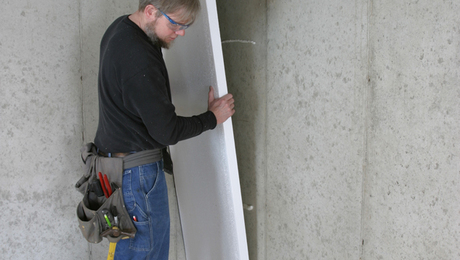My wife and I moved into a small, single-story brick home late last winter. It is just under 2,000 sq ft. About a thousand of finished living space on the first floor, with a basement the same square footage. Basement is unfinished, and the block walls are 7' to the floor joists.
The home is very poorly heated with electric baseboards, so we ran a Harman pellet stove in the basement to help supplement. It did help, but we did not get the heat transfer I was hoping for to the first floor.
We discussed putting a wood insert in the upstairs fireplace, but after a quote of $7k for the install, I am now considering venting the floors and putting something like a HearthStone Mansfield in the basement.
I like the idea of keeping the head/wood/mess in the basement, and I'm afraid the insert might have cooked us out anyway. Is the idea of a bigger/more efficient stove down there better thinking?
The home is very poorly heated with electric baseboards, so we ran a Harman pellet stove in the basement to help supplement. It did help, but we did not get the heat transfer I was hoping for to the first floor.
We discussed putting a wood insert in the upstairs fireplace, but after a quote of $7k for the install, I am now considering venting the floors and putting something like a HearthStone Mansfield in the basement.
I like the idea of keeping the head/wood/mess in the basement, and I'm afraid the insert might have cooked us out anyway. Is the idea of a bigger/more efficient stove down there better thinking?



![[Hearth.com] Making the right call? [Hearth.com] Making the right call?](https://www.hearth.com/talk/data/attachments/280/280269-e3b26abe5ea151cce84f5c6fe1e4d415.jpg?hash=ObY5ImcxRB)
![[Hearth.com] Making the right call? [Hearth.com] Making the right call?](https://www.hearth.com/talk/data/attachments/280/280270-75ced051ac2f9d0411752e9a0d55b714.jpg?hash=F5GazGlDgr)
![[Hearth.com] Making the right call? [Hearth.com] Making the right call?](https://www.hearth.com/talk/data/attachments/280/280273-461b2a2a4a9e49f797aaab1bfaf3bdb1.jpg?hash=kRdC7bWGBg)
